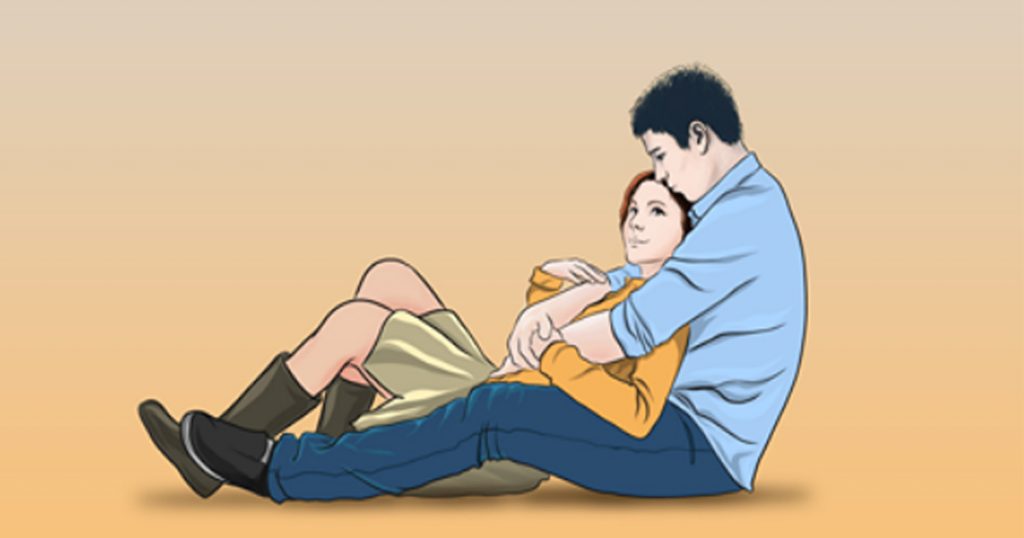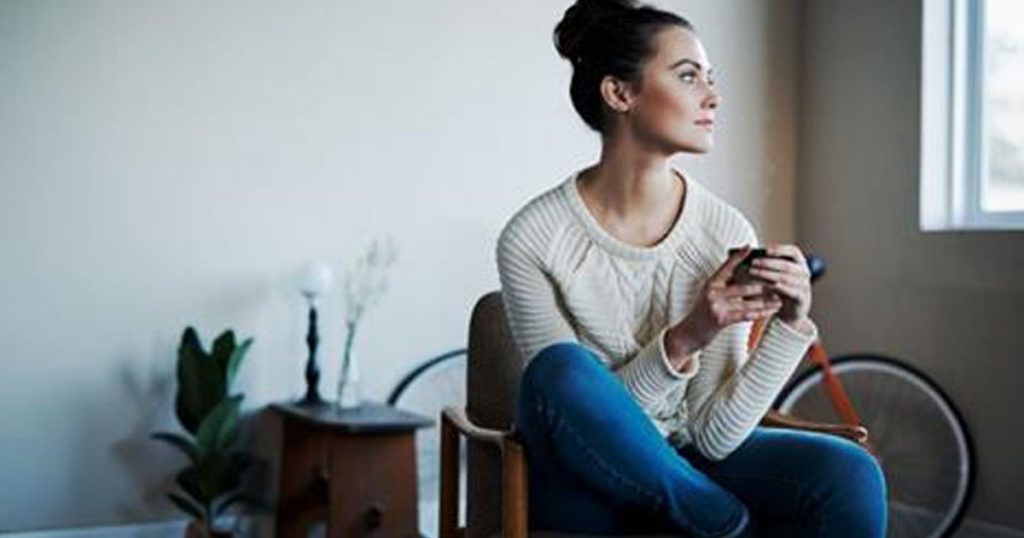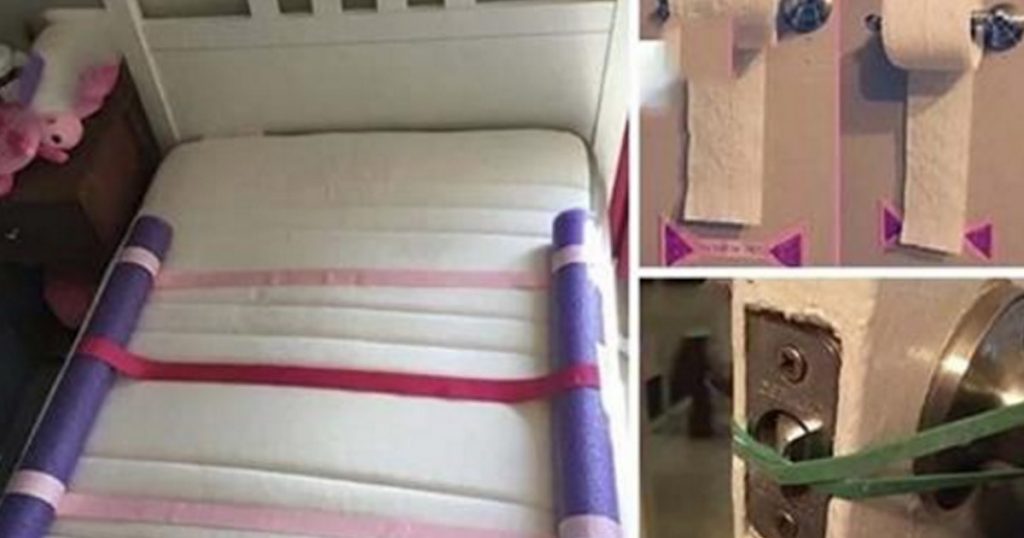Looking for a place for your elderly parent(s) to live? If you don’t have enough space in your home and don’t want them to go into a nursing home, MEDCottages, also known as “Granny Pods,” are the latest rage.
Well, they could be. Though it seems like the MEDCottage is meant to prevent loneliness, I fear it may promote it.
In the next 10 years, America’s elderly population is said to double. According to AARP surveys, many older people would rather live at home or with family versus elsewhere. I know, in people’s final years, the quality of their lives is key, and MEDCottages do appear to have many pluses.
The look of a MEDCottage reminds me of a guest house—only, with nursing home amenities inside. But, instead of renting it to just anyone, you purchase the MEDCottage for your loved one. Prices vary, from $85,000 to $125,000,
The cottages average 12 by 24 feet and are comparable to the size of a master bedroom. They come in three styles, MEDCottage, Classic and Grand, which vary from 299 square feet to 605 square feet.

A company in Blacksburg, Virginia, created the MEDCottages, and Virginia Tech helped out, too. As long as your backyard is properly zoned for it, you can build a MEDCottage of your own.

The interior is like a mini nursing home and contains high-tech medical equipment, like hand railings, a video camera system so you could see what’s going on inside—i.e., if your parent needs help—and a soft floor to protect the person if they fall.

Plus, it’s ADA compliant, meaning there’s enough room for someone to get around in a wheelchair. There’s also something called a “virtual companion,” which will play messages like, “it’s time to take your medication.”
While all these high-tech features sound nice, doesn’t having a “virtual companion” defeat the purpose of your loved one being in your very own backyard? Wouldn’t a family member want to be there in person to make sure that his or her parent takes his or her pills?
Will the cottages ward off family members from visiting their elderly parents in the cottages? Will they think, “Well, my mom is fine—she’s right in the backyard, and the video camera will let me know if something’s wrong”?
My grandmother is 93 and lived with my mother—under the same roof, not a MEDCottage—up until last year. My grandma’s bimonthly falls soon turned into weekly ones, then daily ones. At the same time, my mom had multiple hip surgeries and couldn’t walk or bend down well.
Private nursing care was getting more and more expensive, and my mom eventually chose a nursing home for my grandma. My grandma had been in and out of several (not-so-great ones) over the years, between hospital stays, and the one she’s in now seems like the best in terms of keeping the residents busy with activities (like trivia and afternoon tea and ice cream socials), outings to restaurants, and so forth.
The nursing home makes sure that residents stay active and are not left alone. In addition, my mother and I take turns visiting my grandma, so someone is there every day.
On the one hand, the MEDCottages seem better than an average nursing home… but only if the family members living in the main house actually spend time with their elderly loved ones. My main fear is that the family in the main house would not visit the cottage often enough and the elderly parent(s) would feel even more lonely than they were before, or more lonely than if they had companionship at a nursing home.
While, yes, one’s aging parents may like the sense of independence the MEDCottages seem to provide, the independence comes at a price—potential loneliness.
So, while I commend the invention of the MEDCottage, I’m still a fan of an elderly family member living in the main house, not outside of it, alone.
But, as we know, what happens to the elderly when they cannot care for themselves is an ever-changing and controversial issue. In the end, I think it’s a case-by-case basis—or, in this instance, a pod-by-pod basis.






